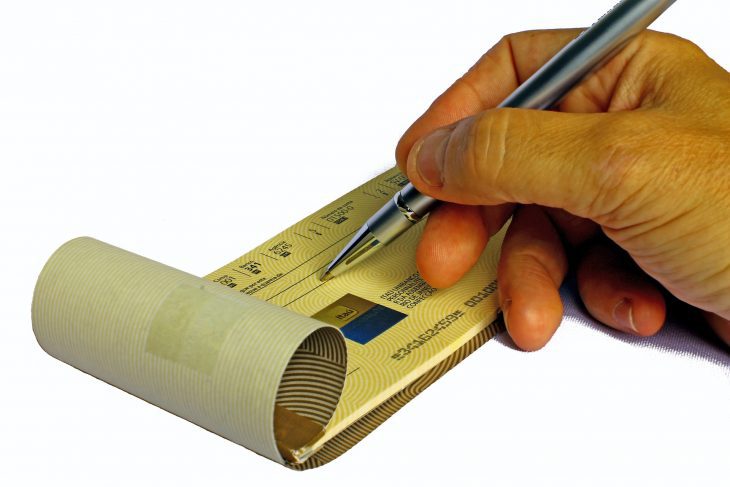There’s a lot going on with remote deposit capture (RDC) these days. Yesterday, I commented on the news that USAA is suing Wells Fargo over its patents that protect aspects of technology around mobile RDC. That piece can be found here. The other news is that the new Regulation CC deadline regarding RDC liability is fast approaching. An article in The Payments Review provides a great understanding of what the new compliance measures means to financial institutions. Reg. CC now assigns liability of fraud when a check is both deposited remotely and then also deposited or cashed in person.:
Despite the slight decline in the number of checks written, recipients overwhelmingly prefer to deposit checks from the comfort of their phone, rather than going to a branch or ATM. RDC was initially developed as a convenience for a business that received checks to deposit the checks electronically (typically using a scanner provided by its bank), and was made possible by Regulation CC, which implements the Expedited Funds Availability Act of 1987 (“EFA Act”) and the Check Clearing for the 21st Century Act of 2003 (“Check 21 Act”). Mobile remote deposit capture, and specifically, the ability for a fraudster or forgetful person to deposit a check by taking a picture using their smart phone, and then depositing the paper copy at a different financial institution or check-cashing business, was not taken into consideration by these two pieces of regulation. How often does this happen? 3.5 of every 10,000 checks deposited to banks and credit unions are duplicates according to the 2017 Mobile Remote Deposit Capture Industry Report.
What has become a problem for the check-cashing industry is that when a financial institution receives a check deposited via mRDC and receives settlement, and later the paper check is presented at a check-cashing location, or any other financial institution other than the issuing bank, that second business gets the check returned and has no means of recovery for the loss.
Reg CC now assigns the liability of duplicate presentment to the financial institution accepting the remote capture, unless the depositor endorses the back of the check with something like, “For Remote Deposit With My Financial Institution”. Like that’s going to happen.
Making it mandatory for members to endorse their check eliminates the indemnification to any FI that later receives the original (paper) check for losses from paying the check. But it also brings two drawbacks. First, this is a point of confusion for some members, and creates a friction to a service that better image recognition has made fairly frictionless. The second drawback is that this must be enforced for all checks, meaning that the credit union [or bank] must request their RDC vendor to enable optical scanning to look for the endorsement. Given all of the variabilities of handwriting, many more checks may be rejected as a result of this, causing member dissatisfaction.
Overview by Sarah Grotta, Director, Debit, and Alternative Product Advisory Service at Mercator Advisory Group
